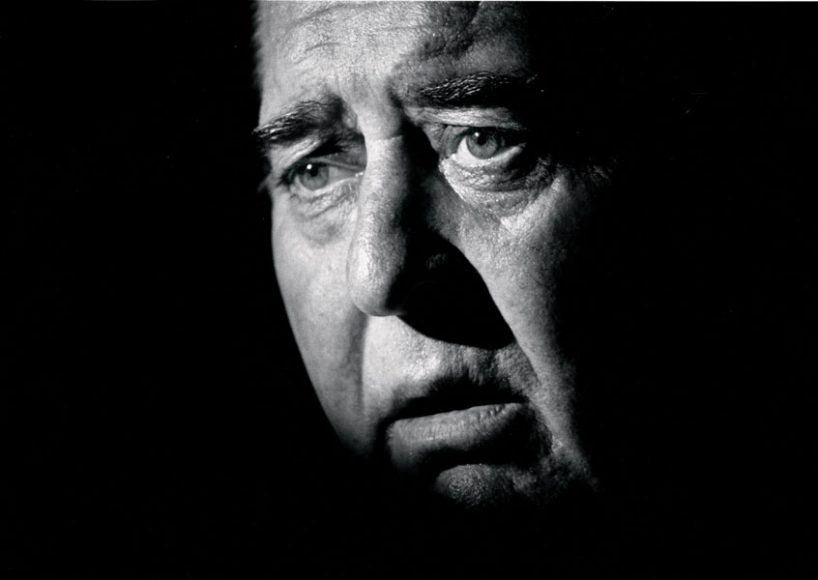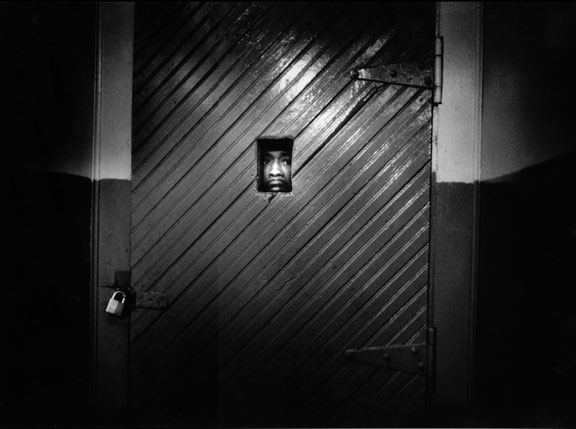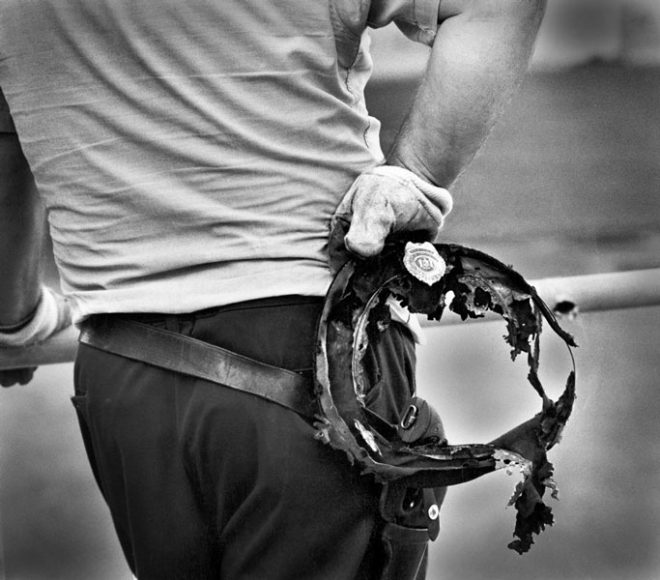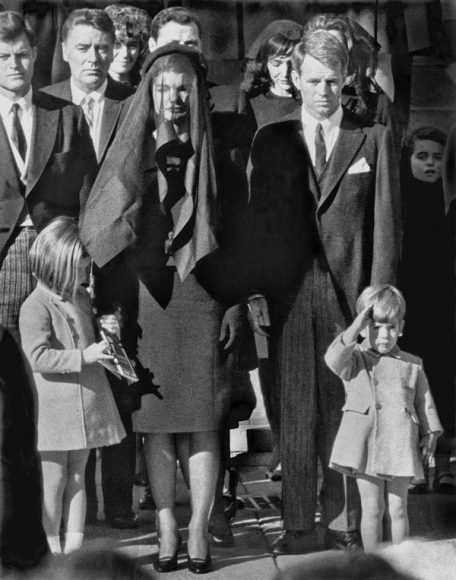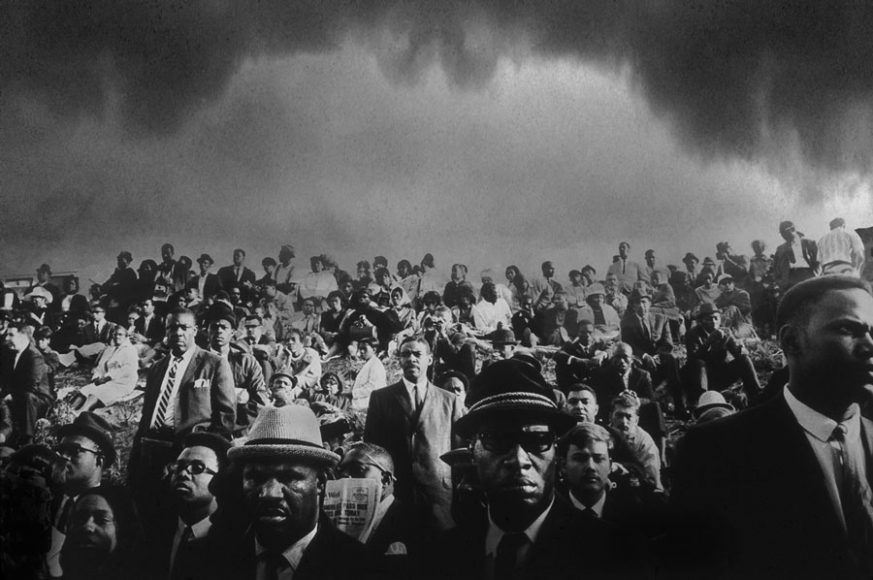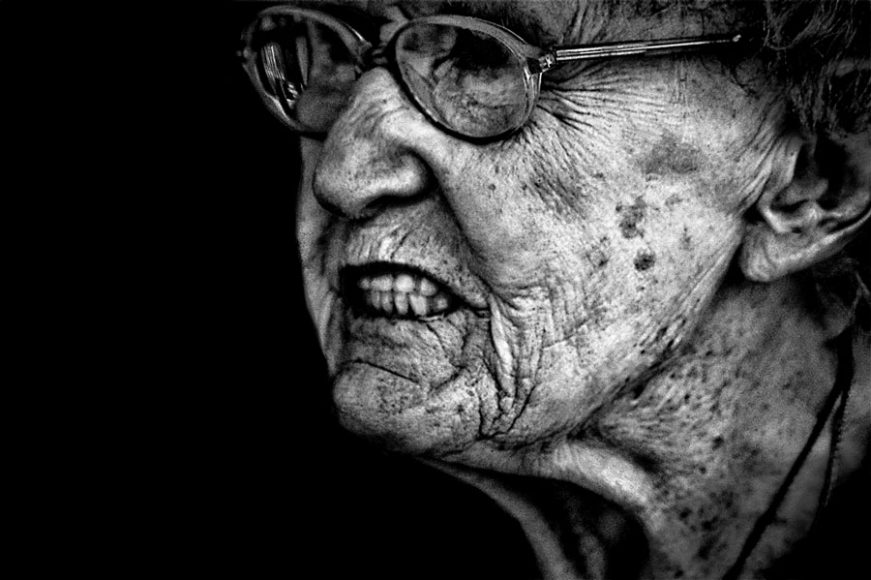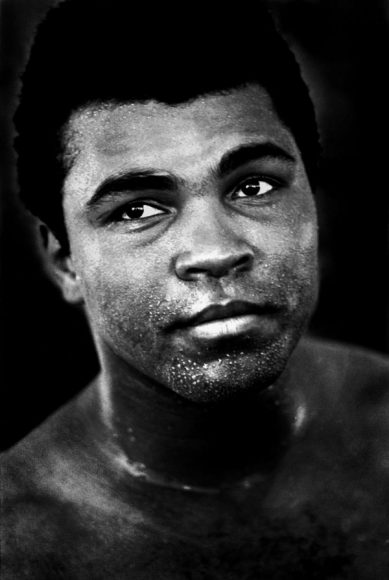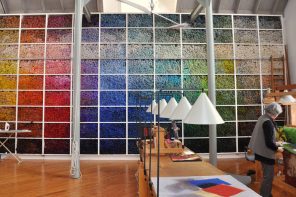Though he’s had what he modestly calls “a fair number of shows” — in such places as The Metropolitan Museum of Art, the Museum of Modern Art and the Whitney Museum of American Art — photographer John Shearer has always wanted to do an exhibit in a place like Purchase College’s Neuberger Museum of Art.
“The people at the Neuberger are first-class,” the Katonah resident says. “They make me feel good about the whole SUNY (State University of New York) system” — for which Purchase College serves in part as a collection of arts conservatories. (See related story here)
But it’s not only about working with such professionals. On a recent visit, Shearer noted that “the place was filled with kids” and not just college-age students.
“That’s what’s important to me,” he says. “If we can tell them about people who make up history, tell them about people like Martin Luther King….”
He doesn’t complete the sentence, but “American Moments: Photographs by John Shearer” (through Dec. 23) should do that for him. In one of two accompanying books, he describes the exhibit as “a symphony of 66 images” in five movements that chronicle a decade of American turbulence, beginning with the death of President John F. Kennedy in 1963 — captured in an iconic photograph of John F. Kennedy Jr. saluting his father’s casket.
“I wasn’t the only guy who shot that,” he says of the indelible image. “I was a kid then.” Shearer’s black-and-white photos chronicle black (and white) rage, sociopolitical trailblazers, Muhammad Ali, street gangs and the Attica Prison riot in upstate New York in 1971.
“I would’ve loved to cover Bunker Hill during the American Revolution or the Civil War Battle of Gettysburg,” Shearer writes in the artist statement that opens the booklet “American Moments, A Turbulent Decade: Photographs by John Shearer.” “That was before my time. I was a product of the ’60s, and I am black. My war was the war on poverty and inequality; its battle cry was the call for social justice.”
Shearer was aptly suited to be one of that war’s photographic Homers. Like his idol, the late Greenburgh resident Gordon Parks, whom Shearer met when he was 13, Shearer would become the proverbial Renaissance man as a writer, producer, director, lecturer and professor as well as a photographer. As Parks was the first African-American staff photographer at picture-rich Life magazine, Shearer was the second. A prodigy, he was just 17 when Look magazine came calling. From 1965 to ’69, he covered the civil rights movement in the South and the brutal response to it. It wasn’t easy for a black man. One of the most amazing photographs in the show is a close-up of an old white woman’s face — wrinkled, bespectacled and dotted with moles and age spots, her thin lips drawn back in a snarl that bares her uneven teeth.
“A woman, her face twisted in hate, spat on me, then threw a bottle of beer,” the caption reads in part. ‘Go back to Africa,’ she yelled. ‘I’m glad the (Martin Luther) King n—-r is dead.’”
In another photo, Muhammad Ali — a controversial figure for his refusal to serve in Vietnam who became an icon — seems to taunt pensive rival Joe Frazier from behind a chain-link window days before their “Fight of the Century” at Manhattan’s Madison Square Garden in 1971.
Many of the photographs have a pensive quality. There’s ukulele-playing falsetto singer Tiny Tim leaning back in a chair, actor Omar Sharif with two fingers under his raised chin, folk singer Richie Havens with his head bowed and comedian (and onetime Larchmont resident) Joan Rivers — her blond coif swept back, her brow furrowed, her profile refracted in a mirror.
Shearer himself pops up outside Attica Correctional Facility, sporting a considerable afro and wearing at least five Nikon cameras around his neck.
He still loves his Nikons, though they tend to be digital nowadays. “Things are different now,” he says. “You no longer have the 10-page picture stories.”
And he’s changed, devoting himself more to fine art photography, in which “I know what I want technically before I get to shoot it.”
He leaves the iPhone photography to wife Marianne, who, he says, likes to snap the bouquets she receives from him each month.
Every once and a while, the photojournalist wells up inside him.
“I loved the notion of going to hot spots, places like Syria,” he says. “But I did that.”
Still, he adds, “it’s something that’s part of my DNA.”
For more, visit neuberger.org and johnshearerpicturebook.com.

